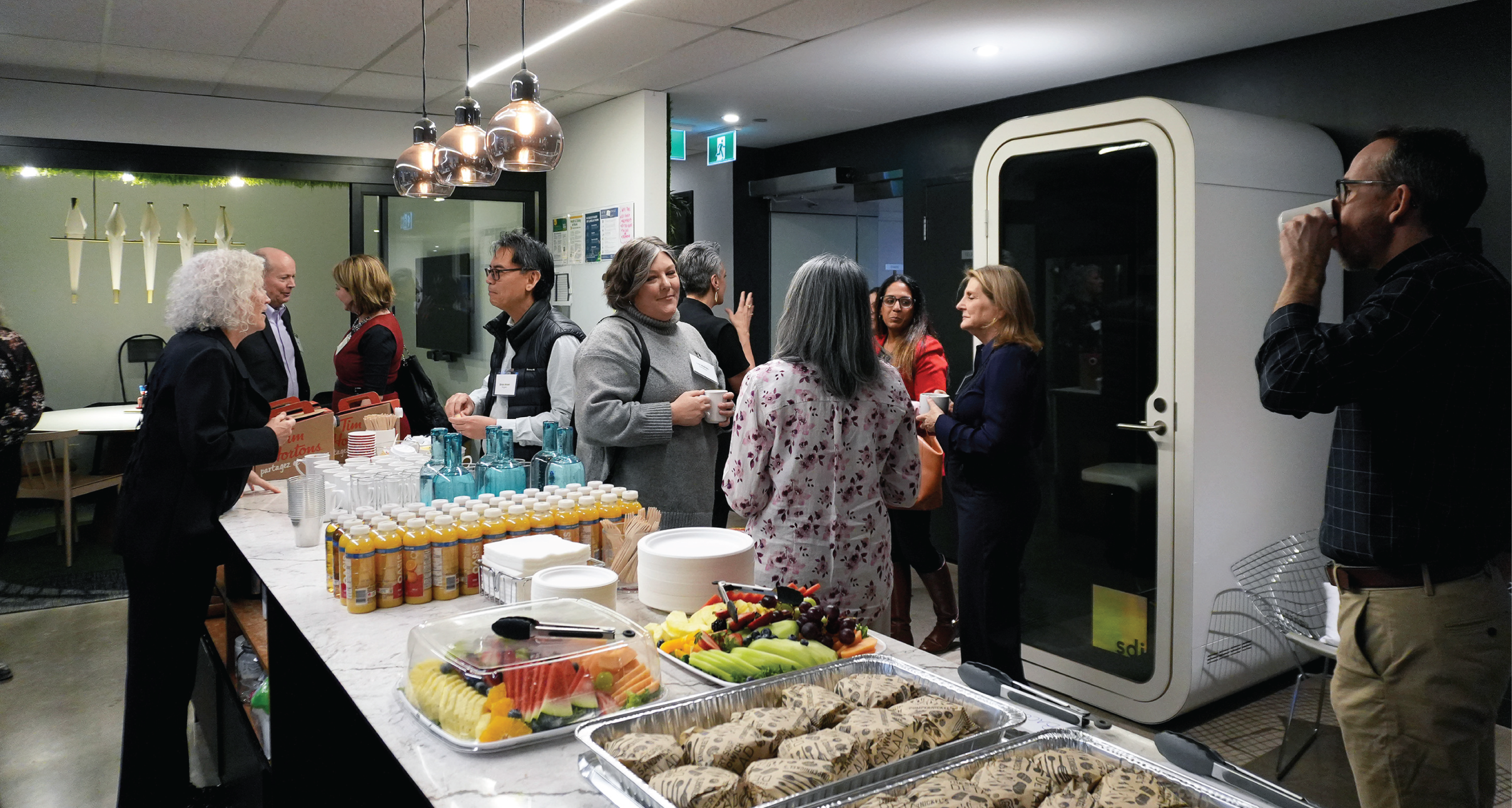BOMA International 2017 Office Standards
BOMA International has been the American National Standards Institute (ANSI) benchmark for the Office Standard since 1915 with the publication of the first “Standard Method of Floor Measurement.” Since 1915, the Office Standard has been revised eight times (in 1952, 1955, 1971, 1980, 1989, 1996, 2010 and now in 2017) to reflect the changing needs of the commercial real estate market. Starting in 2009, BOMA expanded its measurement standards to include other property types (Industrial, Multi-Unit Residential, Retail and Mixed-Use Properties) plus a standard for measuring gross areas of a building. The BOMA standards are reviewed roughly every five years and revised to address changing building design and use.
The purpose of the BOMA area measurement standards are:
- To promote clear communications among all participants in a real estate transaction;
- To provide consistent measurement of rentable square footage;
- To allow accurate comparisons through a clearly understood method of measurement; and,
- Starting with the 2017 Office Standard, to align the BOMA measurement concepts and methodologies with the International Property Measurement Standards.
What's Really New in 2017?
In October 2017, the Building Owners and Managers Association (BOMA) International released its new office measurement standard: BOMA 2017 For Office Buildings: Standard Methods of Measurement (ANSI/BOMA Z65.1-2017). This is the standard for measuring the gross, useable and rentable square footage (RSF) calculations in an office building located anywhere across the globe.
Redesigned, Rewritten, Enhanced Illustrations, Expanded Glossary of Terms
The 2017 Office Standard is published in landscape to align the standard’s language with the accompanying illustrations. It is presented in a new step-by-step format to make it easier to follow, and rewritten to make it easier to understand the concepts and methodologies, including helpful hints. The expanded Glossary of Terms includes references back to the related section.
Best Practices
To address ambiguities and inconsistencies found after the publication of the 2010 Office Standard, a series of best practice guidance was developed and incorporated into the 2017 Office Standard.
Compatible with ISPS
The BOMA 2017 Office Standard is fully compatible with the International Property Measurement Standard (ISPS) for Office Buildings. BOMA is a founding member of the IPMS Coalition, a group of 86 organizations from more than 160 countries. The purpose of the IPMS Coalition is to develop measurement standards that will be adopted globally to ensure consistent measurement methodology for buildings across international markets. BOMA will be incorporating the IPMS standards in all its standards.
Inclusion of Exterior Areas
The new concept of Tenant Ancillary Area clearly delineates the area of actual tenant premises from areas outside the tenant premises, such as Extended Circulation (EC) and door set-backs and balconies, which are prorated to a tenant. This will help to reduce the discrepancies regarding the usable and rentable areas of proposed tenant premises often encountered between tenant architects/brokers and building reps under the previous standards. With the increasing demand for well-appointed exterior amenities in office buildings, balconies, covered galleries and finished rooftop terraces that are for exclusive use by a tenant may now be included in the rentable square footage calculation.
Public Pedestrian Thoroughfare
The standard has eliminated and clarified ambiguities, such as the concept of Public Pedestrian Thoroughfare (PPT) and the proration of areas outside of actual tenant premises (found in the previous standards). Although this change results in a slightly reduced rentable area, now all tenant spaces are measured the same. In the previous standard, ground floor tenants with street frontage were measured to the outer surface of the exterior walls, rather than the inside finished surface.
Major Vertical Penetrations
Additionally, the lowest level of all Vertical Service and Circulation Area, such as stairwells and elevators, is now included as Building Service Area (BSA) in keeping with the concept of floored area counting as Rentable Area. Although this change results in a slightly higher rentable area, it allows for a single consistent rule to measuring vertical penetrations. In the previous standard, vertical service areas such as a pipe or mechanical shaft were included, but not the vertical circulation areas such as stairwells and elevator shafts. This change supports one of the basic rules of the standard - physical floor space is rentable area and openings in the floor are not included in rentable area.
Inter-Building Area
Inter-building area provides a standard methodology to allocate amenity and service areas such as conference rooms and loading docks that are in use by a specific group of tenants, rather than simply allocating such spaces to an entire floor or to the entire building. This allows for a greater level of customization to the standard and helps to ensure that tenants are not paying for space in the building that they do not derive benefit. Inter-building area can also be applied across multiple buildings in an office park. Inter-building area does not change the total rentable area of a building, but it does allow rentable areas to be distributed more fairly.
Capped Load Factors
Capped load factors may now be applied on a tenant-by-tenant basis. The ability to cap the load factor will help landlords and tenants negotiate leases appropriate to their market, while adhering to the standard. A capped “market” load factor has been used in various markets/submarkets for some time. However, with increasing occupancies, increasing rate structures and a vibrant office market, the trend has been for landlords to also increase the cap to the load factor to maximize rentable areas in buildings.
What Does This Mean?
This is riveting information, but what does it really mean? BOMA 2017 makes for a much more involved calculation process, and hopefully will result in greater transparency for tenants, commercial real estate representatives and ownership. If a landlord or owner is preparing to buy or sell a property, or lease large portions of a building to a tenant, they may benefit from an updated measurement. Likewise, if a tenant or occupant has a lease expiring in the near future, they may expect some changes to the calculation of their leased premises, which may not be to their benefit.
Users are experiencing increases in their rents, fewer options within the market, and now the potential for increased space calculations. Cresa can assist users in their relocatation and/or reallocate their leased premises to streamline and optimize their space utilization.
The BOMA publications are offered in both print-on-demand and eBook formats, BOMA’s new office standard will be available for purchase through store.boma.org.



